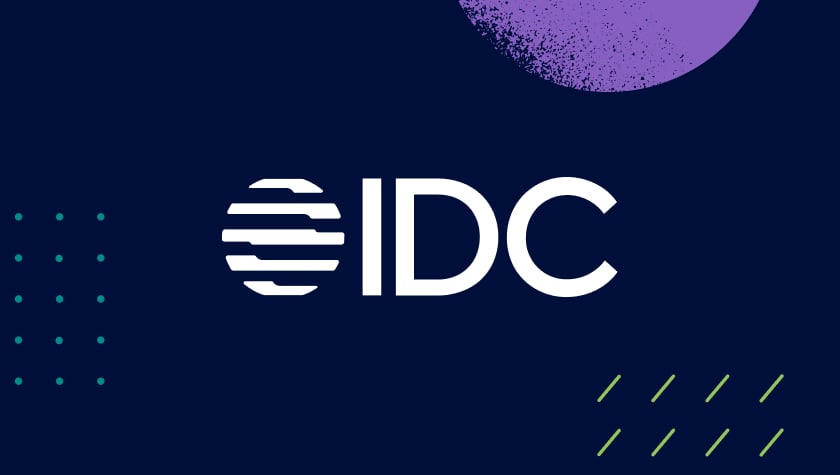
Payments are evolving by the day. Mobile technology causes transactions to be far more flexible and affordable for businesses. EMV intends to make on-premise sales secure through the use of a standard smart chip. Mobile wallets could have the potential to change the way customers pay. However, there’s a back-end concept that could very easily upend payments at its most basic level. While Bitcoin gets a lot of attention for its uniqueness, the technology it’s built on, the blockchain, has a great potential to surpass the cryptocurrency by transforming the core aspects of making a transaction, namely the ledger. This has both significant promise and risk when it comes to the matter of fraud prevention.
Changing the writer of the ledger
The ledger is central to the way payments function. It determines the money withdrawn and deposited between accounts. American Banker noted that the blockchain functions in a similar way to a ledger. It’s a system of digital files and accounts that utilizes a bookkeeping system on a large number of connected computers that record every transaction. There’s no way to delete transactions, meaning each one is traceable in some fashion.
What makes the blockchain distinct from a standard ledger is that there is no central source such as a bank or clearinghouse recording the transactions. The blockchain utilizes cryptography technology to make and hold the record. It’s a decentralized mechanism that changes the balance of power from a focus on banks to one between accounts in and of themselves. Bitcoin’s design is a demonstration of the blockchain technology using a currency as the token of transaction.
A more direct transaction
For some banks, the thought of losing control of the ledger may feel like a terrible and risky matter, and it may help perpetuate fraud. However, it turns out to be the exact opposite. By making the blockchain data the transaction record, there is less need of intermediaries to process specific elements of a transaction. The most immediate impact where this is useful is cross-border payments. Often, a transaction that takes place between two nations involves at least two correspondent banks that send and record the correct amount of money based on the current exchange rate. For doing service with these middlemen, they take a cut of the money in the transaction in the form of fees. This also causes processing delays and increased opacity. With the blockchain, there’s no need for such intermediaries, cutting down on costs and time.
Another potential area of use for the blockchain is corporate payments. With large amounts of money exchanged for assets, goods and properties, businesses will feel compelled to cut down how much it costs to complete a transaction. According to BNY Mellon, the blockchain can easily reduce transaction costs and improve efficiency by its simplistic and decentralized nature, making it ideal for large and numerous transactions. Evidence already exists of the blockchain being fast and efficient. The Financial Times reported on a London-based startup successfully simulating one billion payments through the blockchain in a single day. Such a scaleable model will enhance some concerns about fraud, but it is also equally likely that the measures already in place can help prevent fraud on a massive scale.
Share this article:
Related Posts
0 Comments6 Minutes
A Guide to Secure, Seamless User Authentication in Payments
Online payments demand a delicate balance between security and user experience. Consumers…
0 Comments7 Minutes
Combating Emerging Scams in the Philippines
The Philippines is witnessing remarkable growth in digital banking. Unfortunately, a…
0 Comments5 Minutes
Feedzai is a Leader in the 2024 IDC MarketScape for Enterprise Fraud Solutions
Exciting news! Feedzai, the world’s first RiskOps platform, is proud to have been named a…

